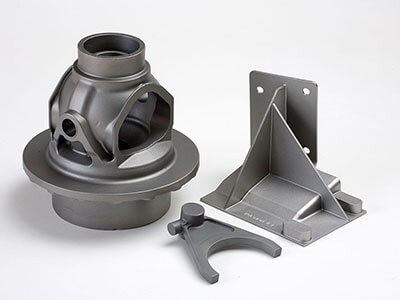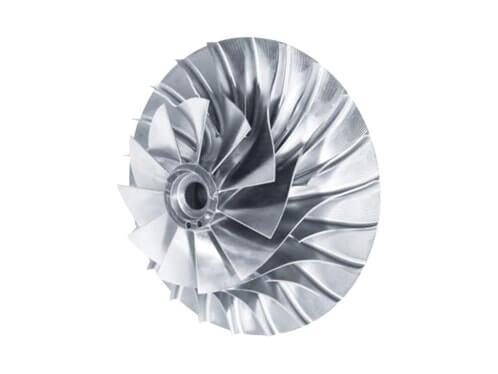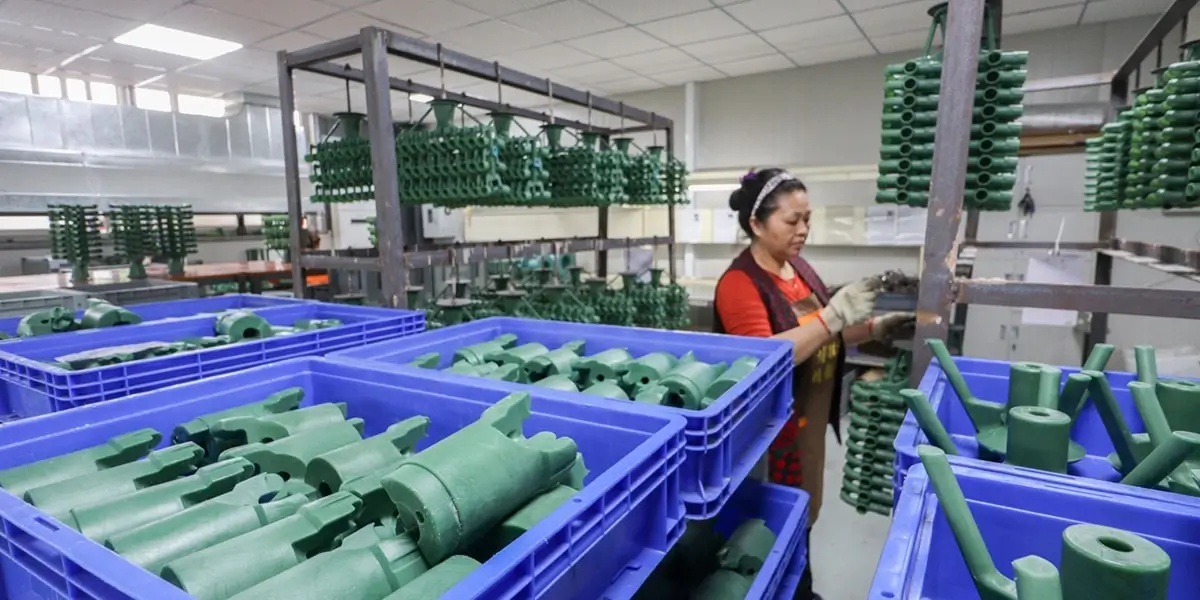Precision casting is a manufacturing process that involves the use of molds to create complex metal parts. This process has become increasingly important in various industries due to the demand for high-quality, reliable, and intricate parts. In particular, precision casting is essential in the aerospace, medical, automotive, and petrochemical industries. One of the most commonly used materials in precision casting is 304/304(L) stainless steel. In this article, we will provide an overview of precision casting, and examine the use of 304 and 304(L) stainless steel in precision casting.
Definition of 304/304(L) Precision Casting
The most used casting method of stainless steel casting is Investment Casting(also known as lost-wax casting). This process is often used when other manufacturing processes, such as forging or machining, are not possible or too expensive. The investment casting process can produce parts with high accuracy and precision, allowing for tight tolerances and intricate designs. In addition, it offers a large freedom in both the design and material choice of your desired castings. Investment castings are known as the highest-quality castings available on the market.
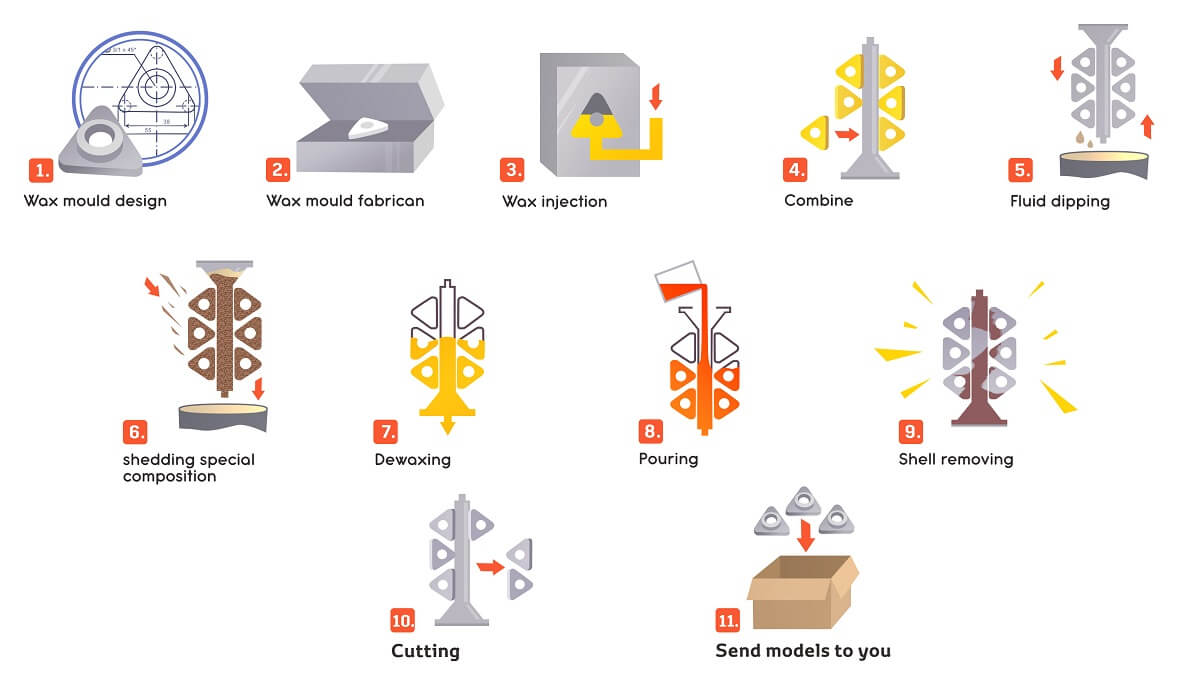
The stainless steel casting process usually involves several steps:
- Creating a wax pattern: A wax pattern is created using a metal mold or a 3D printer.
- Assembling the wax patterns: Multiple wax patterns are assembled to create a tree-like structure called a “sprue.”
- Creating a ceramic shell: The sprue is dipped into a ceramic slurry and then coated with fine sand or ceramic material. This is repeated several times to create a strong, heat-resistant shell.
- Burning out the wax: The shell is heated to remove the wax, leaving a hollow cavity in the shape of the wax pattern.
- Pouring the metal: Molten metal is poured into the ceramic shell and allowed to solidify.
- Removing the shell: The ceramic shell is broken off, revealing the solidified metal casting.
- Finishing: The casting is cut off from the sprue and any excess metal or rough edges are removed using grinding, sanding, or other finishing techniques.
304 Stainless Steel
304 stainless steel, also referred to as “18/8” stainless steel, is austenitic stainless steel that contains 18-20% chromium and 8-10.5% nickel. It has excellent corrosion resistance and good mechanical properties, making it ideal for use in various applications.
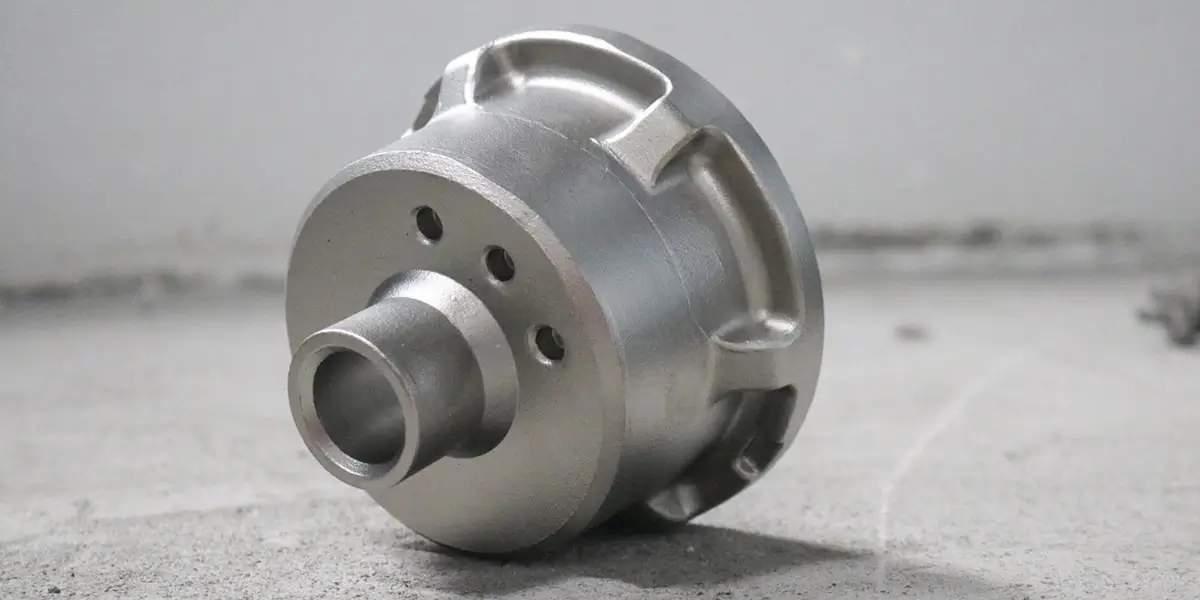
304(L) Stainless Steel
304(L) stainless steel is a commonly used material in precision casting due to its excellent mechanical and corrosion resistance properties. Type 304L stainless steel is a variation of 304 stainless steel with a lower carbon content. Additionally, 304(L) stainless steel is easy to fabricate and has good weldability. 304L stainless steel castings are softer but more corrosion resistant compared with 304 stainless steel castings.
Here is a chart displaying the compositions of 304/304L stainless steel:
| Type of Stainless Steel | Carbon (C) | Manganese (Mn) | Phosphorus (P) | Sulfur (S) | Silicon (Si) | Chromium (Cr) | Nickel (Ni) | Nitrogen (N) |
| 304 | 0.08% max. | 2.00% max. | 0.045% max. | 0.03% max. | 0.75% max. | 18.00-20.00% | 8.00-10.50% | 0.10% max. |
| 304L | 0.03% max. | 2.00% max. | 0.045% max. | 0.03% max. | 0.75% max. | 18.00-20.00% | 8.00-12.00% | 0.10% max. |
Note: All percentages are maximum values unless otherwise specified.
Advantages of Precision Casting by 304/304(L) Stainless Steel
High-Quality Surface Finish
Precision casting of 304/304(L) stainless steel can produce parts with a high-quality surface finish, which is important for applications that require a smooth and polished surface.
Ability to Create Complex Shapes
Precision casting technology allows for the production of complex parts with intricate geometries that cannot be achieved with other manufacturing methods. This is particularly important in industries such as aerospace, where complex shapes are required for aircraft components.
Improved Accuracy and Precision
Precision casting technology offers improved accuracy and precision in the production of parts, which is important in applications that require tight tolerances and precise dimensions.
Cost-Effective Production
Precision casting of 304/304(L) stainless steel is a cost-effective method for producing parts with complex geometries and tight tolerances. It requires less machining and post-processing, which reduces production time and cost.
Here is a chart showing some of the properties of 304/304L stainless steel:
| Property | 304 Stainless Steel | 304L Stainless Steel |
|---|---|---|
| Density | 8.03 g/cm3 | 8.03 g/cm3 |
| Tensile Strength | 515 MPa | 485 MPa |
| Yield Strength | 205 MPa | 170 MPa |
| Elongation | 40% | 40% |
| Hardness | 92 HRB | 88 HRB |
| Corrosion Resistance | Excellent | Excellent |
| Magnetic | No | No |
Note: Values are approximate and can vary based on specific composition and manufacturing processes.
Applications of Precision Casting of 304/304(L) Stainless Steel
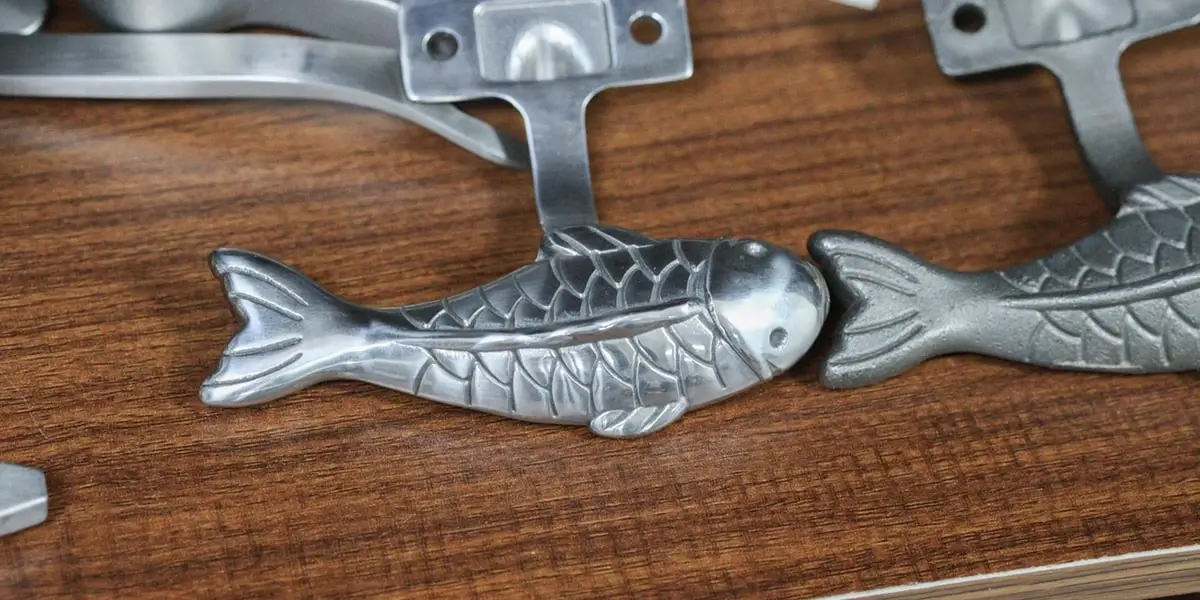
Food Industry
It is used to produce food processing equipment, such as mixers, blenders, and conveyors, as well as parts for packaging and bottling equipment. These parts are required to meet strict hygiene and safety standards, and 304/304(L) stainless steel is an ideal material for meeting these requirements.
Aerospace Industry
Precision casting of 304/304(L) stainless steel is widely used in the aerospace industry to produce complex parts such as turbine blades, structural components, and landing gear.
Medical Industry
The medical industry requires parts with high precision and surface finish. Precision casting of 304/304(L) stainless steel is used to produce medical implants, surgical instruments, and other medical devices.
Automotive Industry
The automotive industry requires parts with high strength and durability. Precision casting of 304/304(L) stainless steel is used to produce components such as engine parts, transmission parts, and exhaust systems.
Petrochemical Industry
The petrochemical industry requires parts that can withstand harsh environments and corrosion. Precision casting of 304/304(L) stainless steel is used to produce components such as valves, pumps, and fittings.
Conclusion
In conclusion, precision casting of 304/304(L) stainless steel is a cost-effective and reliable method for producing high-quality and complex parts with tight tolerances and intricate geometries. The use of 304/304(L) stainless steel in precision casting offers advantages such as improved accuracy, precision, and surface finish, which are important in various industries, including aerospace, medical, automotive, and petrochemical. The future of precision casting in industrial applications is promising, as the demand for high-quality and reliable parts continues to grow. The use of 304/304(L) stainless steel in precision casting will continue to play a significant role in meeting this demand.
Outsource Your Casting Needs to SIPX 304 Stainless Steel Investment Casting Foundry
SIPX Stainless Steel Foundry specializes in precision casting of 304 and 304L stainless steel for various applications such as valve components, pump components, medical instrument components, food machinery parts, and more. As one of the leading stainless steel casting manufacturers in China, our company offers customized 304/304(L) stainless steel castings in different shapes and sizes. In addition to casting, we also provide machining and surface treatment services to meet our customers’ specific requirements. If you have any inquiries regarding 304 or 304L stainless steel casting, please feel free to contact us.
